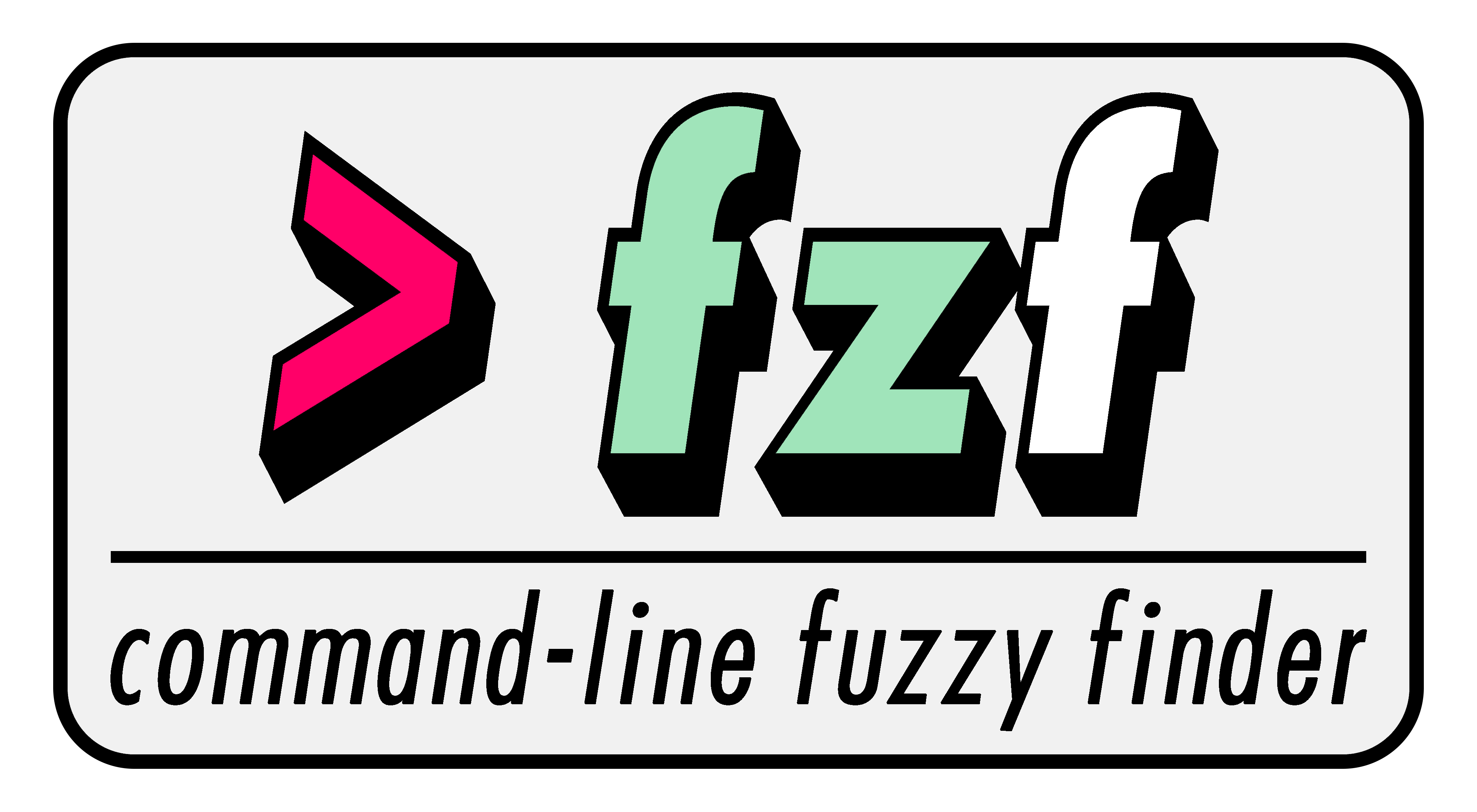
fzf is a general-purpose command-line fuzzy finder.
It’s an interactive filter program for any kind of list; files, command history, processes, hostnames, bookmarks, git commits, etc. With its novel “fuzzy” matching algorithm, you can quickly type in patterns with omitted characters and still get the results you want.
Is it any good? #
Yes, it is. Some say it’s the next best thing since sliced internet (whatever that is). If you spend a lot of time on the terminal, fzf can really change the way you work and make you much more productive.
Why should I care? #
So what do you do on the terminal? You run commands. And most commands deal with some sort of list.
| Task | List |
|---|---|
| Open a file with an editor | List of files in the current directory |
| Change directory | List of directories in the current directory |
| Run a command from command history | List of commands you ran before |
| Kill a process | List of processes running on the system |
| SSH into a server | List of hostnames in your ~/.ssh/known_hosts |
| Check out a git branch | List of branches in the git repository |
| Switch to a Kubernetes namespace | List of namespaces in the Kubernetes cluster |
And the list goes on.
Let’s take an example. You want to open a file with an editor. Here’s how you would normally do it without fzf:
- First, you run
lsorfindto see the list of the files under the current directory. - You look through the list to find the file you want to open.
- If the list is too long, you scroll up, or you run the command again
with
grepto narrow down the list. e.g.ls | grep foo - Finally, you type the file name to the command-line to open it. For
example,
vim THE_FILE. Auto-completion helps, but you have to press TAB many times to opena/file/deep/down/in/the/directory/tree.
Here’s another example. You want to check out a git branch.
- You run
git branchto see the list of branches. - You look through the list to find the branch you want to check out.
- But you aren’t sure which branch is the one you want just by looking at their names.
- So you examine each branch by running
git show BRANCH_NAMEorgit log BRANCH_NAME. - Finally, you run
git checkout THE_BRANCH. Again, auto-completion helps, but you have to know in advance the exact name of the branch to check out.
See the pattern? You’re basically repeating this same process over and over with all kinds of lists. And fzf was created to simplify this core process.
Demo #
See how it works in action:
